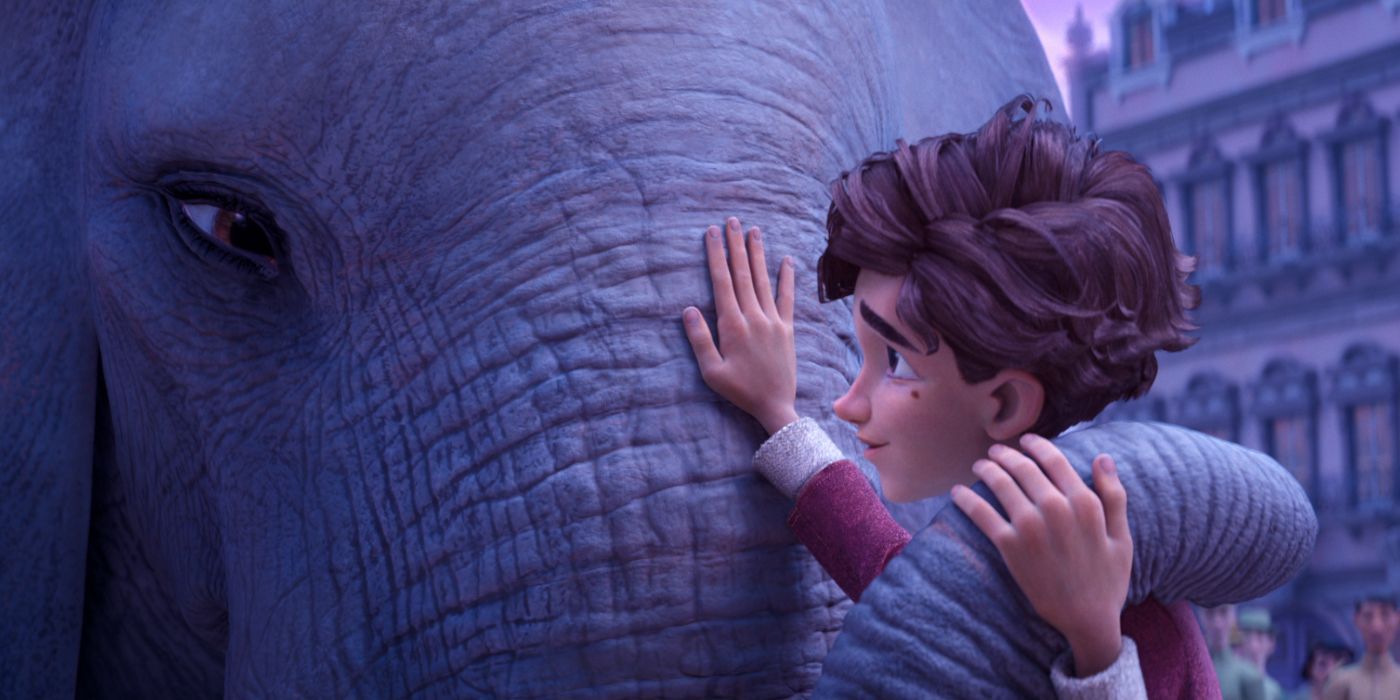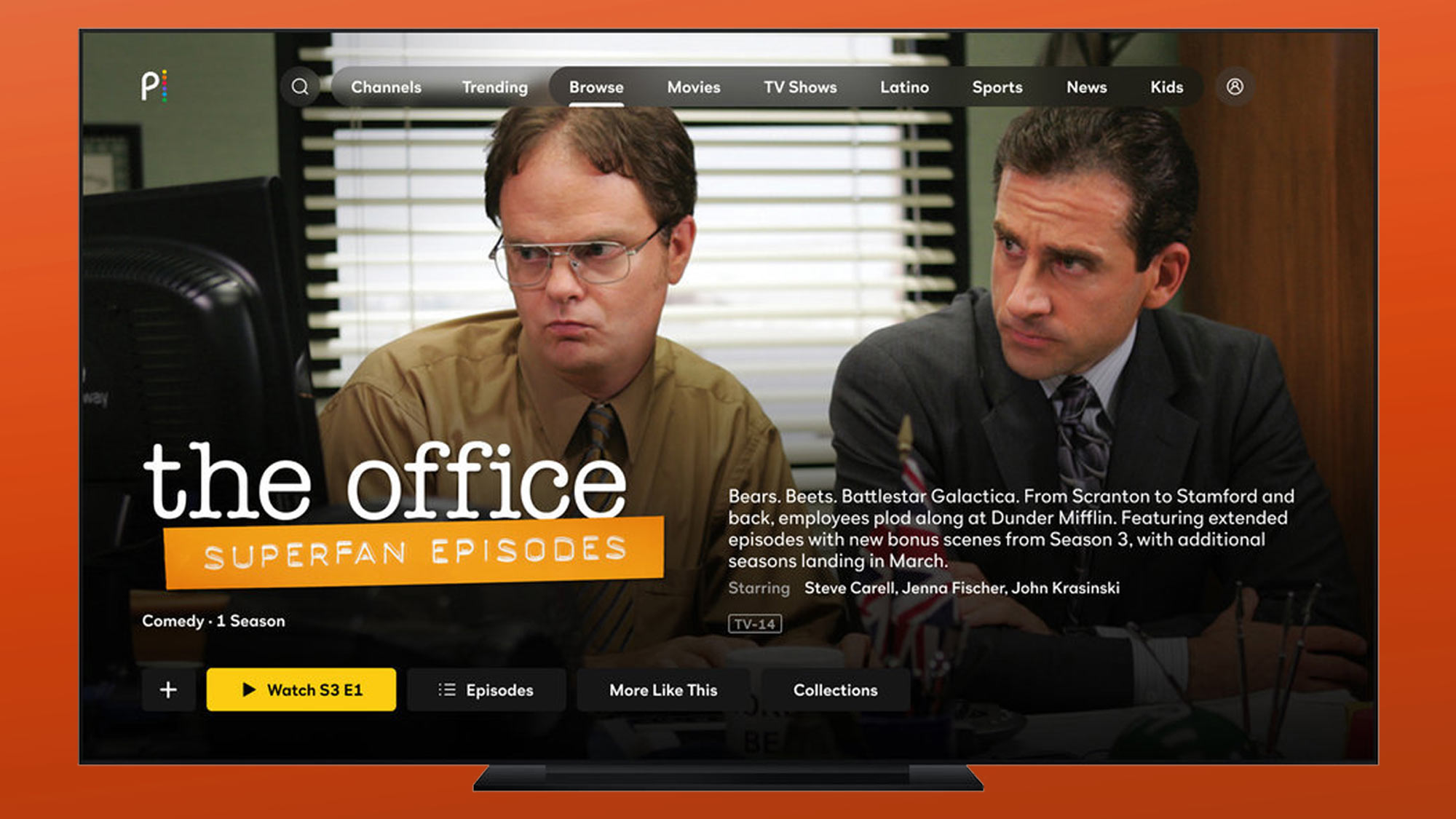Alabama, with its high poverty rate and limited income opportunities, has emerged as the worst state to live in 2022. The challenges faced by its residents extend beyond economic struggles, as low education standards and a lower life expectancy contribute to its unfavorable ranking. Moreover, the absence of legal protection against discrimination further compounds the difficulties faced by minority populations in Alabama.
Indiana – Healthcare, Climate
Despite its low poverty rate, Indiana faces significant challenges that make it one of the worst states to live in the U.S. The state has the 48th lowest per capita public healthcare spending, with each person receiving only $55 per year.
Indiana also ranks in the top ten states for smoking rates and obesity. Many adults in the state report that they engage in little to no exercise, contributing to this concerning health trend.

As a result, Indiana has a lower life expectancy of 77.1 years compared to the national average of 79.2 years. The state's extreme temperatures, characterized by hot and humid summers and damp, chilly winters with substantial cloud cover, also contribute to its less favorable ranking.
Tennessee – Crime Rate, Healthcare
Despite its low poverty rate, Tennessee faces numerous challenges that make it one of the least desirable states to live in the U.S. The state ranks 48th in public healthcare spending per capita, allocating only $55 per person annually.
Tennessee also struggles with high smoking rates and obesity, placing it among the top ten states in these concerning health indicators. Many adults in the state report a lack of physical activity.
Consequently, Tennessee has a lower life expectancy of 77.1 years, falling below the national average of 79.2 years. The state's crime rate and healthcare challenges further contribute to its unfavorable ranking.
Texas – Voting Rights, Inclusiveness
Despite its low poverty rate, Texas faces significant challenges that make it one of the worst states to live in the U.S. The state ranks 48th in public healthcare spending per capita, providing only $55 per person each year.
Texas also ranks among the top ten states in smoking rates and obesity, with many adults reporting minimal exercise. These factors contribute to a lower life expectancy of 77.1 years, below the national average of 79.2 years.
Moreover, Texas faces extreme temperatures, experiencing hot and humid summers and damp, chilly winters with significant cloud cover. These environmental conditions further contribute to the state's less favorable ranking.
Delaware – Health Resources
Despite its low poverty rate, Delaware faces significant challenges that make it one of the worst states to live in the U.S. The state ranks 48th in public healthcare spending per capita, providing only $55 per person annually.
Delaware also ranks among the top ten states in smoking rates and obesity, with many adults reporting minimal exercise. These factors contribute to a lower life expectancy of 77.1 years, falling below the national average of 79.2 years.
Additionally, Delaware experiences hot and humid summers and damp, chilly winters with significant cloud cover. These environmental conditions further contribute to the state's less favorable ranking.
Pennsylvania – Healthcare, Education
Despite its low poverty rate, Pennsylvania faces significant challenges that make it one of the worst states to live in the U.S. The state ranks 48th in public healthcare spending per capita, allocating only $55 per person annually.
Pennsylvania also ranks among the top ten states in smoking rates and obesity, with many adults reporting minimal exercise. These factors contribute to a lower life expectancy of 77.1 years, falling below the national average of 79.2 years.
Moreover, Pennsylvania experiences hot and humid summers and damp, chilly winters with significant cloud cover. These environmental conditions further contribute to the state's less favorable ranking.
Florida – Unemployment, Education
Despite its low poverty rate, Florida faces significant challenges that make it one of the worst states to live in the U.S. The state ranks 48th in public healthcare spending per capita, providing only $55 per person each year.
Florida also ranks among the top ten states in smoking rates and obesity, with many adults reporting minimal exercise. These factors contribute to a lower life expectancy of 77.1 years, below the national average of 79.2 years.
Moreover, Florida grapples with high unemployment rates and challenges in the education system. These factors further contribute to the state's less favorable ranking.
Idaho – Education, Health
Despite its low poverty rate, Idaho faces significant challenges that make it one of the worst states to live in the U.S. The state ranks 48th in public healthcare spending per capita, allocating only $55 per person annually.
Idaho also ranks among the top ten states in smoking rates and obesity, with many adults reporting minimal exercise. These factors contribute to a lower life expectancy of 77.1 years, falling below the national average of 79.2 years.
Furthermore, education in Idaho faces challenges, impacting the overall quality of life in the state. These factors contribute to Idaho's less favorable ranking.
South Carolina – Crime, Education Level
Despite its low poverty rate, South Carolina faces significant challenges that make it one of the worst states to live in the U.S. The state ranks 48th in public healthcare spending per capita, providing only $55 per person each year.
South Carolina also ranks among the top ten states in smoking rates and obesity, with many adults reporting minimal exercise. These factors contribute to a lower life expectancy of 77.1 years, below the national average of 79.2 years.
Moreover, South Carolina faces high crime rates and challenges in its education system. These factors further contribute to the state's less favorable ranking.
Maine – Health, Education Level
Despite its low poverty rate, Maine faces significant challenges that make it one of the worst states to live in the U.S. The state ranks 48th in public healthcare spending per capita, allocating only $55 per person annually.
Maine also ranks among the top ten states in smoking rates and obesity, with many adults reporting minimal exercise. These factors contribute to a lower life expectancy of 77.1 years, falling below the national average of 79.2 years.
Additionally, Maine grapples with challenges in its education system, impacting the overall quality of life in the state. These factors further contribute to Maine's less favorable ranking.
Louisiana – Food Insecurity, Crime, Education
Despite its low poverty rate, Louisiana faces significant challenges that make it one of the worst states to live in the U.S. The state ranks 48th in public healthcare spending per capita, providing only $55 per person each year.
Louisiana also ranks among the top ten states in smoking rates and obesity, with many adults reporting minimal exercise. These factors contribute to a lower life expectancy of 77.1 years, below the national average of 79.2 years.
Moreover, Louisiana grapples with high levels of food insecurity, crime rates, and challenges in its education system. These factors further contribute to the state's less favorable ranking.
New Mexico – Education, Health, Poverty Level
Despite its low poverty rate, New Mexico faces significant challenges that make it one of the worst states to live in the U.S. The state ranks 48th in public healthcare spending per capita, allocating only $55 per person annually.
New Mexico also ranks among the top ten states in smoking rates and obesity, with many adults reporting minimal exercise. These factors contribute to a lower life expectancy of 77.1 years, below the national average of 79.2 years.
Furthermore, New Mexico grapples with challenges in its education system and higher poverty levels. These factors further contribute to the state's less favorable ranking.
Alaska – Crime, Economy, Unemployment
Despite its low poverty rate, Alaska faces significant challenges that make it one of the worst states to live in the U.S. The state ranks 48th in public healthcare spending per capita, providing only $55 per person each year.
Alaska also ranks among the top ten states in smoking rates and obesity, with many adults reporting minimal exercise. These factors contribute to a lower life expectancy of 77.1 years, falling below the national average of 79.2 years.
Additionally, Alaska faces challenges in terms of high crime rates, economic difficulties, and unemployment. These factors further contribute to the state's less favorable ranking.
Arkansas – Crime, Healthcare
Despite its low poverty rate, Arkansas faces significant challenges that make it one of the worst states to live in the U.S. The state ranks 48th in public healthcare spending per capita, allocating only $55 per person annually.
Arkansas also ranks among the top ten states in smoking rates and obesity, with many adults reporting minimal exercise. These factors contribute to a lower life expectancy of 77.1 years, below the national average of 79.2 years.
Moreover, Arkansas faces challenges with high crime rates, impacting the overall quality of life in the state. These factors further contribute to Arkansas's less favorable ranking.
Nevada – Poor Healthcare, Low Education Levels
Despite its low poverty rate, Nevada faces significant challenges that make it one of the worst states to live in the U.S. The state ranks 48th in public healthcare spending per capita, providing only $55 per person each year.
Nevada also ranks among the top ten states in smoking rates and obesity, with many adults reporting minimal exercise. These factors contribute to a lower life expectancy of 77.1 years, falling below the national average of 79.2 years.
Furthermore, Nevada struggles with low education levels, impacting the overall quality of life in the state. These factors further contribute to Nevada's less favorable ranking.
Arizona – Air Quality, Crime
Despite its low poverty rate, Arizona faces significant challenges that make it one of the worst states to live in the U.S. The state ranks 48th in public healthcare spending per capita, allocating only $55 per person annually.
Arizona also ranks among the top ten states in smoking rates and obesity, with many adults reporting minimal exercise. These factors contribute to a lower life expectancy of 77.1 years, below the national average of 79.2 years.
Moreover, Arizona grapples with issues related to air quality and crime rates, impacting the overall quality of life in the state. These factors further contribute to Arizona's less favorable ranking.
West Virginia – Infrastructure, Economy, Healthcare
Despite its low poverty rate, West Virginia faces significant challenges that make it one of the worst states to live in the U.S. The state ranks 48th in public healthcare spending per capita, providing only $55 per person each year.
West Virginia also ranks among the top ten states in smoking rates and obesity, with many adults reporting minimal exercise. These factors contribute to a lower life expectancy of 77.1 years, falling below the national average of 79.2 years.
Additionally, West Virginia faces challenges in terms of infrastructure, economic difficulties, and healthcare. These factors further contribute to the state's less favorable ranking.
Oklahoma – Health Resources, Poverty
Despite its low poverty rate, Oklahoma faces significant challenges that make it one of the worst states to live in the U.S. The state ranks 48th in public healthcare spending per capita, allocating only $55 per person annually.
Oklahoma also ranks among the top ten states in smoking rates and obesity, with many adults reporting minimal exercise. These factors contribute to a lower life expectancy of 77.1 years, below the national average of 79.2 years.
Moreover, Oklahoma faces challenges in terms of health resources and higher poverty levels. These factors further contribute to the state's less favorable ranking.
Kentucky – Healthcare, Financial Instability
Despite its low poverty rate, Kentucky faces significant challenges that make it one of the worst states to live in the U.S. The state ranks 48th in public healthcare spending per capita, providing only $55 per person each year.
Kentucky also ranks among the top ten states in smoking rates and obesity, with many adults reporting minimal exercise. These factors contribute to a lower life expectancy of 77.1 years, falling below the national average of 79.2 years.
Furthermore, Kentucky grapples with challenges related to healthcare and financial instability. These factors further contribute to the state's less favorable ranking.
Mississippi – Childcare, Health, Unemployment, Food Insecurity
Despite its low poverty rate, Mississippi faces significant challenges that make it one of the worst states to live in the U.S. The state ranks 48th in public healthcare spending per capita, providing only $55 per person each year.
Mississippi also ranks among the top ten states in smoking rates and obesity, with many adults reporting minimal exercise. These factors contribute to a lower life expectancy of 77.1 years, falling below the national average of 79.2 years.
Moreover, Mississippi struggles with issues related to childcare, health, unemployment, and food insecurity. These factors further contribute to the state's less favorable ranking.
Alabama – Healthcare, Education, Inclusiveness
Alabama stands out as the worst state to live in 2022, with a poverty rate of around 16.8%. Most households in the state earn less than the national average annual income of ,000, which further exacerbates the challenges they face.
The high poverty levels in Alabama also contribute to lower education standards, with only 25.5% of the population having obtained a bachelor's degree or more. Limited income and education opportunities increase the likelihood of poor lifestyle choices, such as an unhealthy diet.
Additionally, Alabama has a life expectancy of 71.4 years, approximately four years lower than the national average. The lack of legal protection against discrimination for non-disabled citizens further adds to the difficulties faced by minorities in the state.
With its high poverty rate, low education standards, and lack of inclusiveness, Alabama takes the unfortunate title of the worst state to live in for 2022. The challenges faced by its residents, from limited income and education opportunities to shorter life expectancies, showcase the urgent need for improvement. It is crucial that efforts are made to address these issues and create a more prosperous and equitable environment for all Alabamians.





